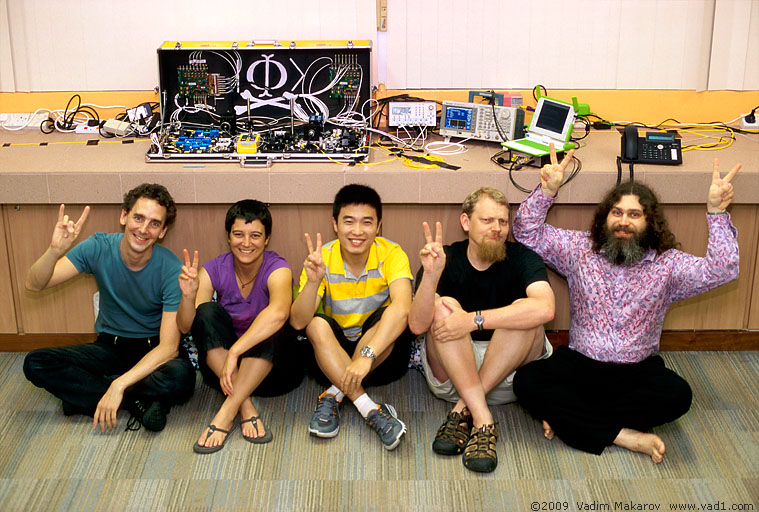Guest post from our amazing OLPC Mexico director Mariana Cortes.
Scroll down for an English translation.
On the other hand a good pencil makes a person sharper. #pencilchat
|
A pesar de estar diseñada para niños, la XO dista mucho de ser un juguete. Más allá de los impactos educativos y sociales que demuestran que la XO puede ser mucho más que una computadora, la XO ha sido diseñada pensando en que debe tener:
Este último punto tiene un sin fin de ejemplos que pasan desde áreas artÃsticas, lúdicas e incluso técnicas y cientÃficas y que han sido desarrolladas de manera independiente por personas que han visto en la XO sus grandes capacidades, no solo en su uso como herramienta, sino en LA APLICACIÓN, lo cual hace visible la diferencia del aprendizaje sólo por consumir información vs. el aprendizaje aplicado a través del pensamiento crÃtico. Por ejemplo:
|
Despite being fun to use and designed for children, the XO has more to offer than a toy.
Beyond the educational and social impact that show that the XO can be much more than a computer, the XO has been designed with three ideals:
- a floor: for children of any age can use it regardless of their level
- thick walls: so they can develop any number of projects and activities
- a high ceiling: so that the sky be the limit on its use and that the imagine can be created
This last point has endless examples that go from the Arts to recreational, technical, and scientific uses. These have been independently developed by people who see in the XO its great capability, not only as a tool, but in its application — that is what makes learning visibly different from just ‘consuming information’. Applied learning through critical thinking. For example:
+ Nazca City – A project inspired by the Nazca lines, to adapt and set a vehicle (small tractor) to trace with a plow the map of a city or town – on the surface of Peru’s desert coast.
This is a land art project led by Rodrigo Derteano, a Peruvian artist who plans to draw the map of an imaginary city at real scale on the desert floor. This will be created by a robot that will autonomously draw furrows in the ground by a plow.
“The computer for the project: an Escuelab OLPC XO that we were provided (one laptop per child). It operates at 12 volts, is robust, and the display can be read in the full light of day.”
The advantage of the XO over other laptops is the ability to integrate sensors from the microphone port. Because of this, the possibilities of a mobile laboratory are endless.
+ Physics with the XO – by Guzman Trinidad, a professor of physics for levels of high school. The site includes advances in the use of the XO (OLPC), learning measurement in the Physics Laboratory. There are videos with examples here.
This activity is programmed in Turtle Art, to synthesize two sounds of different frequencies. The headphone output of the XO is connected to a pair of integrated LM567 tone decoders, each of which turns on an LED when present at its input signal frequency. With this principle we could control the connection / disconnection of any device based on the of sound emitted by the XO.
+ Quantum Hacking – a research experiment by Ilja Gerhardt, Qin Liu, Antia Lamas-Linares, Johannes Skaar, Christian Kurtsiefer and Vadim Makarov.
The authors designed a system to eavesdrop on a ‘quantum perfect cryptography system‘, using an XO.  Their project page: Quantum Hacking.  What did they do? They implemented for the first time a device that cold to get the key of a quantum cryptosystem, without revealing their presence to either sender or receiver. This is quantum hacking via XO, ladies and gentlemen. (Published in ALT1040 … read the rest here.)


With the XO Mechanic program the kids are actually enticed to actually repair the machines. But I am sure that the XO is not a toy.
The robots in “Death and the Powers” opera are also powered by OLPC XO laptops. http://www.examiner.com/article/operabots-spice-up-mit-s-death-and-the-powers-opera
Muchas gracias por nombrar mi trabajo en tu blog. Felicitaciones desde Uruguay para vuestro trabajo!
Guzmán Trinidad, “FÃsica con XO”